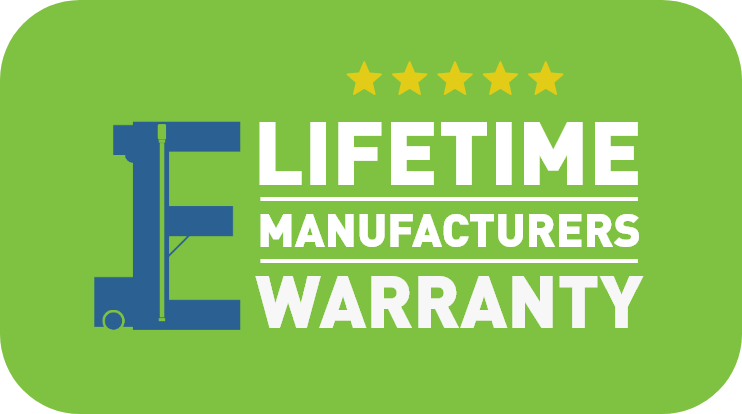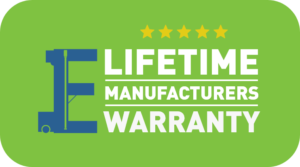
A load restraint system is essential for safely securing freight on heavy vehicles and preventing possible accidents or hazards during transit. Load restraint systems comprise various methods and equipment, such as friction matting, pallets, shrink wrapping, edge protectors, and securing straps or chains. Proper load restraint ensures compliance with safety regulations, protects assets, and enhances transport efficiency.
In Australia, the National Heavy Vehicle Regulator (NHVR) plays a crucial role in regulating heavy vehicles with GVM over 4.5 tonnes through the Heavy Vehicle National Law (HVNL - Qld). It also publishes the Load Restraint Guide, a comprehensive resource that sets the standard for best-practice restraint systems. This article is based on the NHVR guidelines and our recommended RUD products to secure loads.
Why do we need Load Restraint?
A robust load restraint system is crucial for:
Designing a Load Restraint System
The Load Restraint Guide provides recommendations for standard freight, offering a reassuring support system for operators. Professional engineering guidance is crucial in designing a suitable load restraint system for complex loads.
Note: Also read the NHVR Loading Plans, which recommend how loads should be packed and positioned and the minimum requirements to safely restrain the load for transit by road.
Key Elements of a Load Restraint System
When developing a load restraint system, follow the below steps to prevent accidents, keep your team safe, and ensure compliance with HVNL loading requirements.
1. Safety Procedures
2. Load Assessment
3. Vehicle Selection
RUD offers a wide selection of Lashing Systems, including lashing points for trucks and trailers. These include the L-VLBG Bolt-On Lashing Ring, the L-ABA Weld-On Lashing Point, and the LPW Weld-On Lashing Point, each designed to meet specific load restraint needs.
4. Restraint Equipment Inspection
5. Restraint Methods
RUD has a team of engineers to assist in designing and specifying the correct load restraint system
6. Load Positioning
7. Load Stability
RUD has a range of Lashing Systems, for increased safety and reliability
8. Securing the Load
9. Driving Adjustments
10. Regular Load Checks
How can RUD help?
RUD ICE Chains and RUD Tensioners, such as the ICE-CURT-GAKO Tensioner with a magnetic locking device, help to secure your load safely. All RUD high-quality lashing and load securing systems are designed for superior load restraint, ensuring your cargo remains secure and preventing any slippage or movement in transit.
Every load is different, and a one-stop approach does not work. Planning a tailored restraint approach is critical to ensure safety, compliance, and efficiency. By following best practices and regularly inspecting the load restraint system, drivers and operators can prevent accidents and ensure smooth transportation.
RUD will exhibit at the 2025 Brisbane Truck Show at the Brisbane Convention Centre between 15-18 May 2025, showcasing load restraint solutions and heavy vehicle hoists. Do you want free tickets to the Truck Show? Click here to fill out a form to enter the draw to win FREE tickets.
Article copyright to RUD: This information is accurate at the time of publication, and RUD Australia takes no responsibility for any errors, inadvertent or otherwise.
Fill out our easy form and we will be in touch soon with a tailor made quote.


I value the simplicity of design and ease of maintenance. Unlike other complicated electronic hoists on the market, the Portalift hoist are simple to service, with spare parts easy to get. This is important when you need your hoists to keep operating with minimum disruption. Portalift hoists are an asset to any workshop, heavy duty and reliable.
